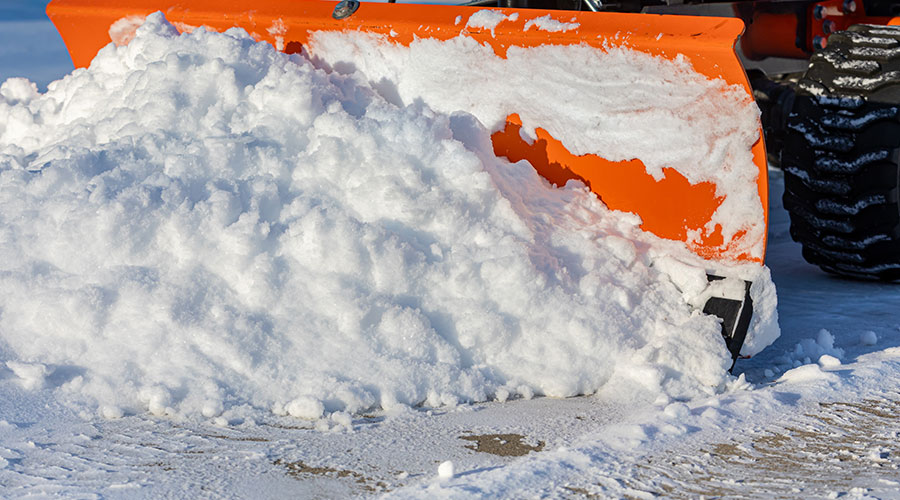Sidebar: Irrigation Audit Guidelines
An irrigation system audit helps grounds managers better understand system performance compared to design intent. The Irrigation Association developed these guidelines as recommendations in auditing of irrigation systems. They are designed to aid managers and irrigation professionals in fieldwork procedures, techniques and performance calculations. Recommendations and projections from the guidelines and their accuracy depend upon the quality of measurements and data provided by an individual user. The association makes no warranty, implied or expressed, as to the results obtained from these procedures.
Step 1 — Pre-audit inspection
The irrigation system should be in optimal working condition prior to performing a test. Managers should verify that the irrigation system complies with local codes, identify operational defects or deficiencies, and assure that corrections have been made.
Step 2 — Auditing procedures
- The maximum wind allowable during audit is 5 mph or less. Wind speed should be monitored and recorded every five minutes during the audit test.
- The audit should reflect normal operating conditions. If normal operating conditions occur at odd hours, managers should make some assessment of the impact of these conditions on the tested conditions.
- Managers should make sure workers conduct pressure tests at normal operating conditions at the sprinkler using the appropriate pressure testing device at the beginning and end of each zone audited.
- All catch devices must be uniform in size and shape. Larger collectors give better repeatable results.
- Catchments for a test area should be documented to facilitate repeatability.
- The test should cover a minimum of 24 catch devices. Research shows that smaller sprinkler spacing might require more catch devices to improve statistical accuracy.
- Workers should place the catchments along the edge of the zones 12-24 inches in from the edge.
The guidelines for minimum catchment-device spacing are as follows:
- Fixed spray sprinklers: within 2-3 feet of a head and halfway between the heads
- Rotor sprinkler heads spaced less than 40 feet on center: within 2-3 feet of a head and every one-third of the distance between the heads
- Rotor heads spaced greater than 40 feet on center: within 2-3 feet of a head and every one-fourth of the distance between the heads
- Rotor sprinklers – uniform grid of catch devices, 10-20 feet on center spacing
- Spray sprinklers – uniform grid of catch devices, 5-8 feet on center spacing
- Test run times must be consistent and appropriate for the sprinkler type and arc.
- If the test area contains multiple stations, workers need to adjust the test run times for each station or zone to achieve a matched precipitation rate across the test area.
The volume in milliliters (ml) should be approximately 11⁄2 times the throat area of the catch device in square inches. For example, if the throat area of the catch device is 20 square inches, the average volume of water should be 30 ml — 20 x 1.5 = 30 ml.
Linking, or using information from one station or zone and applying to another, may be used when there are a large number of sprinkler zones that are identical — the same sprinkler head, nozzle, spacing, operating pressure, and irrigating similar soil and plant types. The auditor may elect to perform catch device tests on one-third to one-half of the sprinkler zones to get an average value that could be applied to all sprinkler zones that are identical.
Workers should document and record the following data: sprinkler head locations; sprinkler head spacing; sprinkler make, model and nozzle size; approximate catch device locations; catchment readings; test run time; meter readings, if available; pressure readings with locations; wind speed readings; soil types and root zone depths; date and time of testing.
Step 3 — Performance calculations
To calculate the precipitation rate using milliliter readings, use this formula:
- PRnet = 3.66 × V average / tR ACD, where:
- PRnet = station precipitation rate in inches per hour
- V average = average catch volume for station in milliliters
- tR = testing run time in minutes
- ACD = catch device throat area in inches.
— Irrigation Association
Related Topics:














